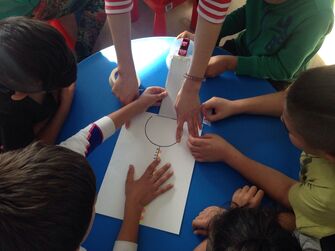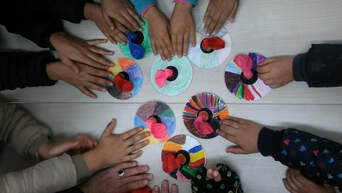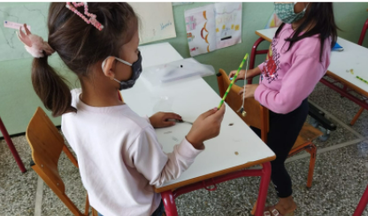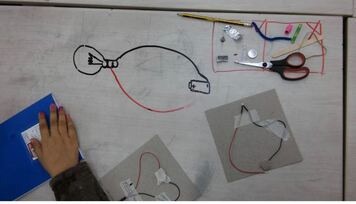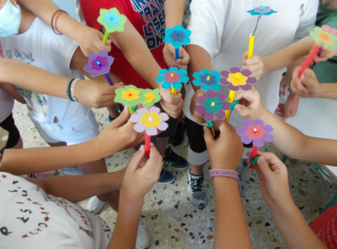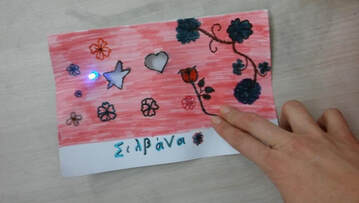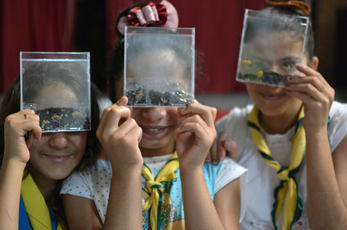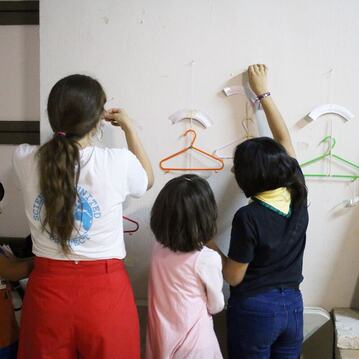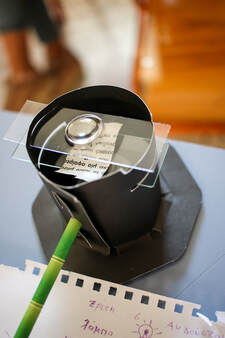Science United Project has distributed more than
science kits to classes with refugee students in Greece since 2016
|
|
Since 2016, we have distributed more than 22,000 of our science kits to teachers of 16 organizations in camps and community center's and 3 public schools, in Athens, Ioannina, Ritsona, Oinofyta, Malakasa, Thessaloniki, Samos, Lesvos, Kos, Theva, Andravida, Kilkis, Drama, Larisa and Volos.
|
|
Force and Motion Unit
|
Kit 1: Car and ramp
Kit 2: Balloon Hovercraft
Kit 3: Pom-Pom Catapult
|
Magnetism & Electricity Unit
|
Kit 1: Magnetism Students learn about magnetic forces, North and South poles, and build a magnet fishing pole to test objects to see which are attracted to the magnet Kit 2: Magnet Field Frame Students learn about magnetic fields by placing a magnet close to iron filings Kit 3: Testing for Insulator and Conductors Students build a circuit with a LED and coin cell battery, label the parts of a circuit, and hypothesize/test objects to see which objects are conductors or insulators Kit 4: LED Flower Students build a LED Flower circuit using a LED with leads and coin cell battery. Students are asked to explain how energy travels (reinforces activity 2) Kit 5: Paper Circuits Students create a circuit with conductive copper tape, a LED, and coin cell battery. Students explain how energy travels and why the copper tape works as a conductor (reinforces activity 2) |
Biology Unit
|
Kit 1: CD Case Greenhouse
Kit 2: Hanger Balances
|
